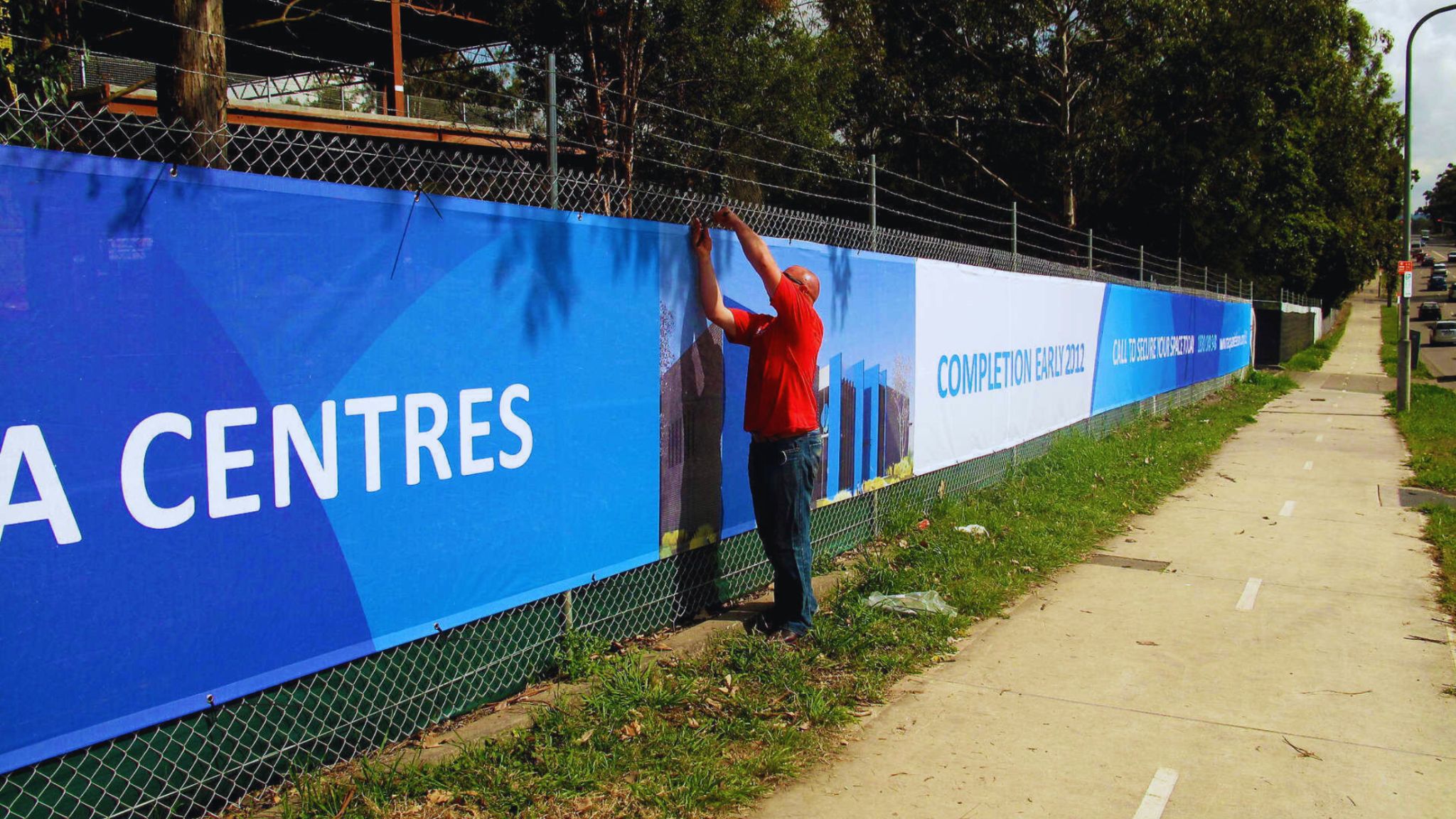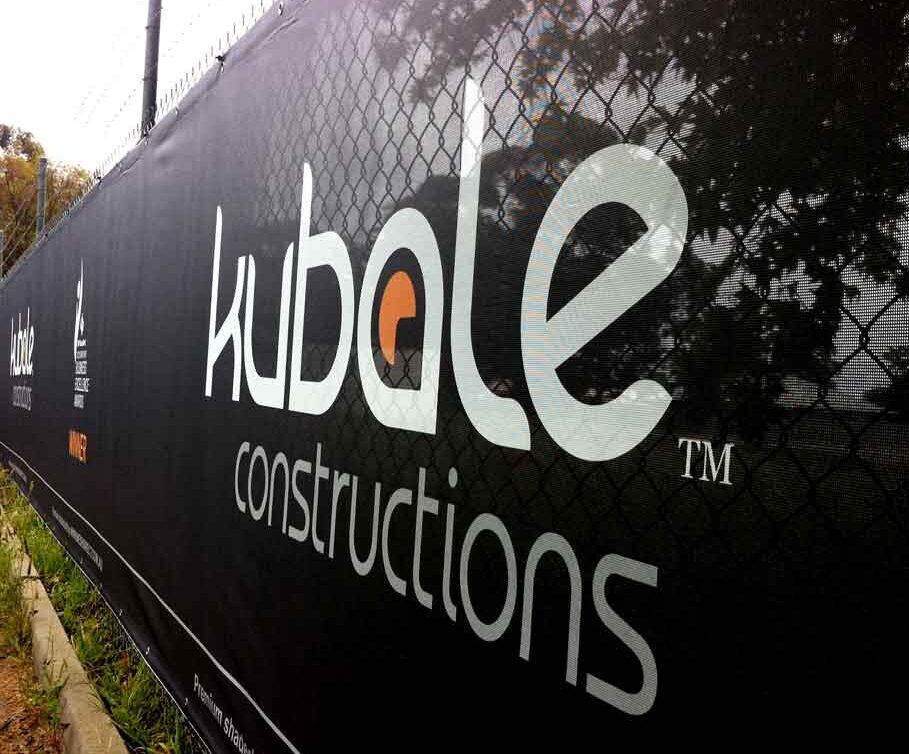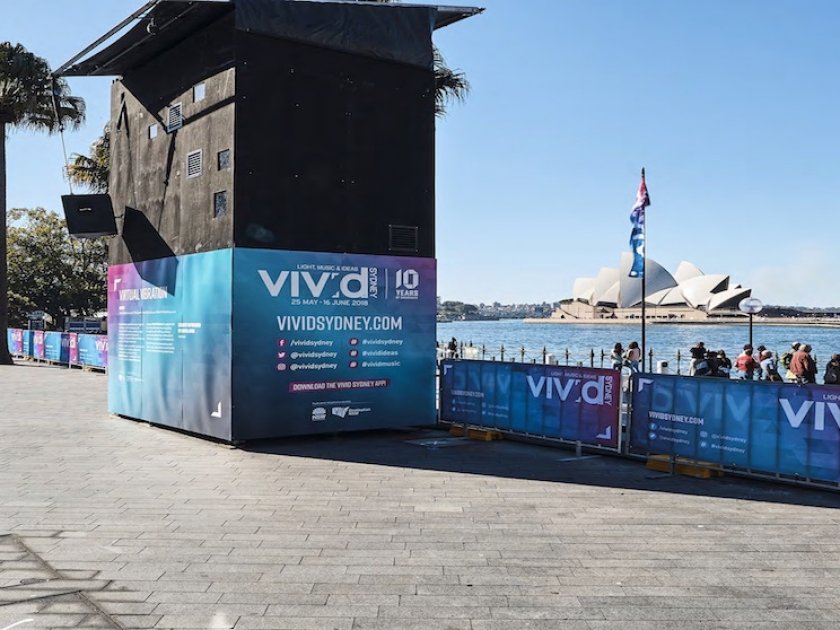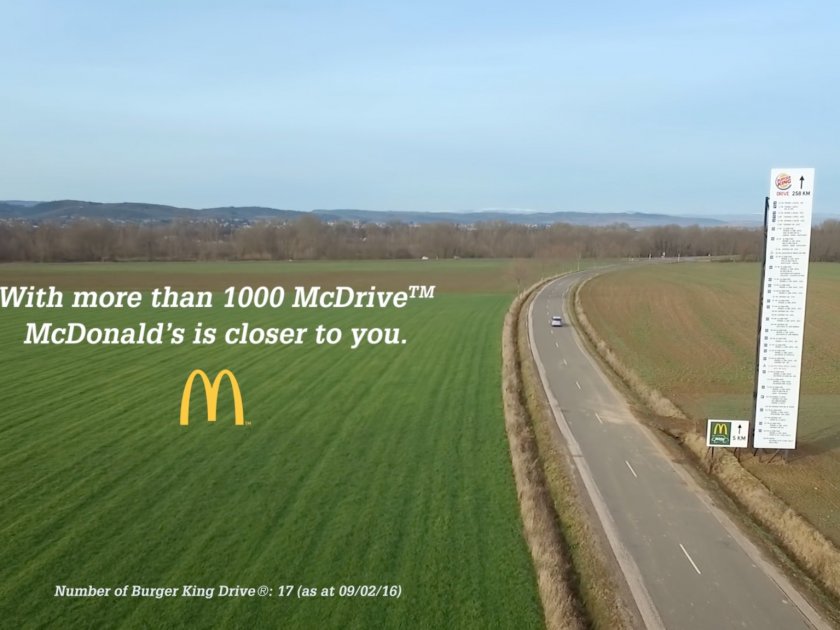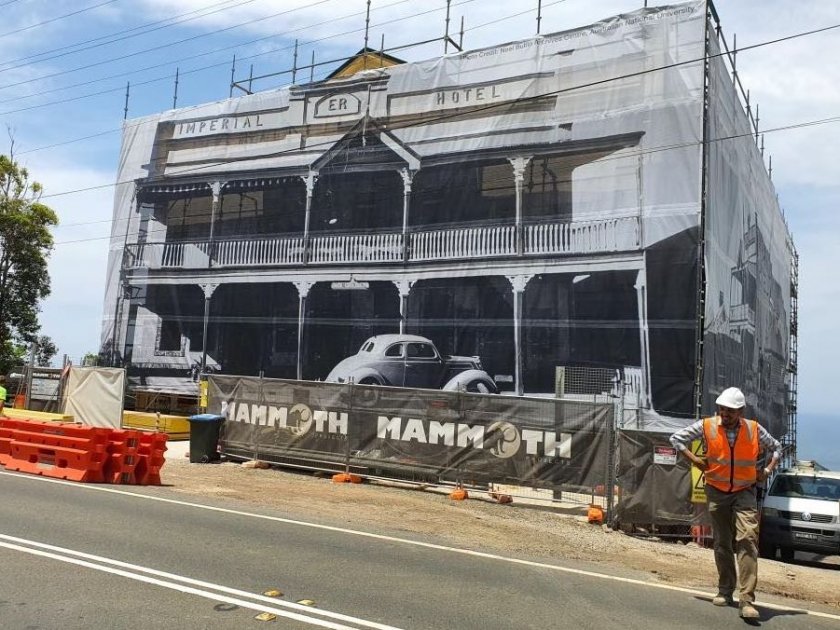How-to: Prepare Your Own Banner Design
 05 April 2017
05 April 2017 3 mins read
3 mins read
Here at Mesh Direct, we’re naturally big believers in the power of large format printing and the magic of a good banner design. We do everything we can to ensure our clients’ banners are as aesthetically pleasing and as effective as possible before we go to print. Because of our insider knowledge of the print industry and our decade’s worth of experience working with printers and designers from all walks of life, we thought we’d give a new ‘How To’ guide, this time, we’re looking at how you can prepare your own banner design in order to get the best possible results… Here’s what you need to know…
When supplying logos for banner design…
A common mistake made by businesses supplying print companies with artwork is not supplying the right logo files. Any artwork (logos included) should be supplied to the printer as a vector image. This sort of file is supplied as the following: .eps, .ai or as a .pdf
It’s vital that the business provides the right file type in this case, or they risk not getting the job done on time or the having the print job turn out incorrectly.
If you’re ever in doubt about whether or not your files are compatible and accurate, always check with your printer before approving the job.
Don’t include printer marks
Another common error made by businesses approaching printers with their banner designs is that they include premade printer marks. What do we mean by printer marks? Printers marks include bleed marks, crop marks and colour bars.
Including these can cause confusion for your printer.
Know your artboard size
For Mesh Direct’s printing services, we require artboard sizes to be set at 10% of the full print size. So for example, a 50m x 1.6m banner should be set up at 5000mm x 160mm. Remember that we don’t require crop marks, bleed or colour bars.
Like most printers, we ask that you only provide one artboard per file.
Get your colours right
For those of you who aren’t particularly familiar with artwork specifications for print, you’ll need to use CMYK. All of your files need to be converted to CMYK in order to be used on your printed banner.
Have your fonts ready
Remember when you’re preparing your banner design for print that all your fonts should be entirely legible and should suit your brand aesthetic. You also need to be sure that the fonts are outlined or that the font files are supplied to the printer.
Many people assume that getting the fonts right is the easy part of printing, but it isn’t always that simple. Think long and hard about the fonts you’re using and if they’re the best solution for your banner design.
Imagery should be hi-res
If you’re keen to include images and photographs on your banner design, you need to ensure that these images and photographs are high-resolution and need to be supplied at 300dpi.
For more artwork specifications when it comes to preparing your banner design for printing, check out our instructional videos here.
